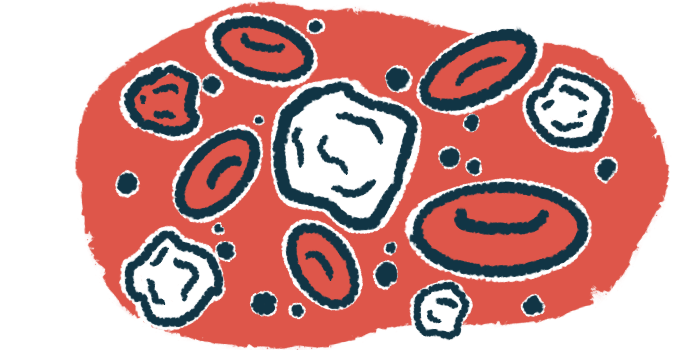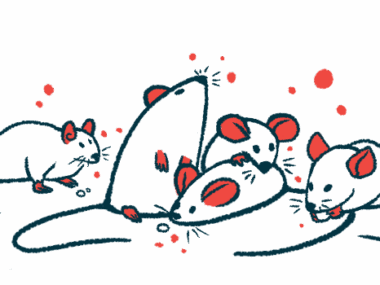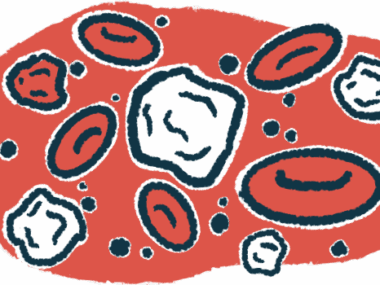Umbilical cord blood transplant possible in Batten children: Study
Data suggest procedure can be safe, feasible; further study recommended
Written by |

Umbilical cord blood transplantation (UCBT) can be safely performed in children with Batten disease, a study reported.
Preliminary data suggest that UCBT might be an effective treatment in some cases, particularly in people with juvenile Batten disease who are early in the course of their disease, the researchers wrote, though they stressed that further studies are needed to evaluate its efficacy.
“UCBT appears safe and feasible in children with [Batten disease] … and future studies may help elucidate whether patients with [Batten disease] are likely to benefit from UCBT,” researchers wrote in the study, “Safety and feasibility of umbilical cord blood transplantation in children with neuronal ceroid lipofuscinosis: a retrospective study,” which was published in Stem Cells Translational Medicine.
Batten disease refers to a group of genetic disorders in which mutations lead to deficiencies of certain enzymes that are needed to break down specific cellular waste products. Without a working version of these enzymes, these waste products build up to toxic levels in cells, ultimately causing cellar damage that drives disease symptoms. UCBT is a procedure that aims to replace a patient’s bone marrow stem cells with cells collected from the umbilical cord of a donor. Bone marrow stem cells (hematopoietic stem cells) are responsible for making new blood cells.
The idea behind UCBT as a potential Batten treatment is that the donated stem cells could make new blood cells that carry a working version of the affected enzyme, then deliver that enzyme to the brain and other parts of the body. In this sense, the approach could function as a permanent enzyme replacement treatment. There’s not much data on the procedure’s safety in Batten patients, however.
Enzyme replacement
A team led by scientists at Duke University reported on eight children with Batten disease who underwent UCBT at Duke from 2012 to 2020.
Prior to UCBT, all of the patients underwent a standard myeloablative conditioning regimen, which involves chemotherapy to destroy a patient’s existing bone marrow stem cells and make room for the transplanted cells to grow. Some of the children also participated in a clinical trial (NCT02254863) testing DUOC-01, a cell therapy derived from umbilical cord blood that’s injected directly into the spinal canal after UCBT with the aim of accelerating the delivery of healthy cells into the brain.
UCBT was performed reasonably safely in all eight patients, according to the study. None experienced fatal complications from the procedure. One developed graft-versus-host disease (GVHD), a serious complication of stem cell transplant in which the donated cells erroneously start to attack the patient’s own healthy cells, but this was successfully treated with standard procedures. Many of the children also developed infections, which is a common issue with stem cell transplants because the myeloablative conditioning regimen weakens the immune system, but in all cases the infections were treated successfully.
In all of the patients, UCBT was successful at leading to the production of new healthy blood cells, referred to as donor chimerism.
“While our study is limited by sample size and the [variability of Batten disease], UCBT appears a safe and feasible therapeutic option,” the researchers wrote. “No patient in this cohort died from transplant-related complications, GVHD occurred but was treatable, graft rejection was not observed, and all patients had full donor chimerism at last assessment.”
Four of the children in the study had CLN3 disease, also called juvenile Batten disease. All four had some visual impairment prior to UCBT and were legally blind as of the latest follow-up. Two of the children had not shown any signs of the cognitive impairment that typically manifests in this type of Batten disease at the time the study was published. One had experienced notable behavioral issues prior to UCBT, but these resolved after UCBT without the need for additional medications.
The study included three children with CLN2 disease and one with CLN5 disease, both of which are forms of late-infantile Batten disease. Two of these children died in the years following UCBT, one due to disease progression and one without a clear cause. Both of the surviving patients have experienced notable disease progression and worsening cognitive function since undergoing UCBT, the researchers said.
The available data suggest that UCBT may be most likely to benefit patients with CLN3 disease who receive the transplant early on in the course of their disease, the researchers said. They stressed, however, that Batten disease is highly variable, so it’s not possible to draw firm conclusions from this small group of patients.






